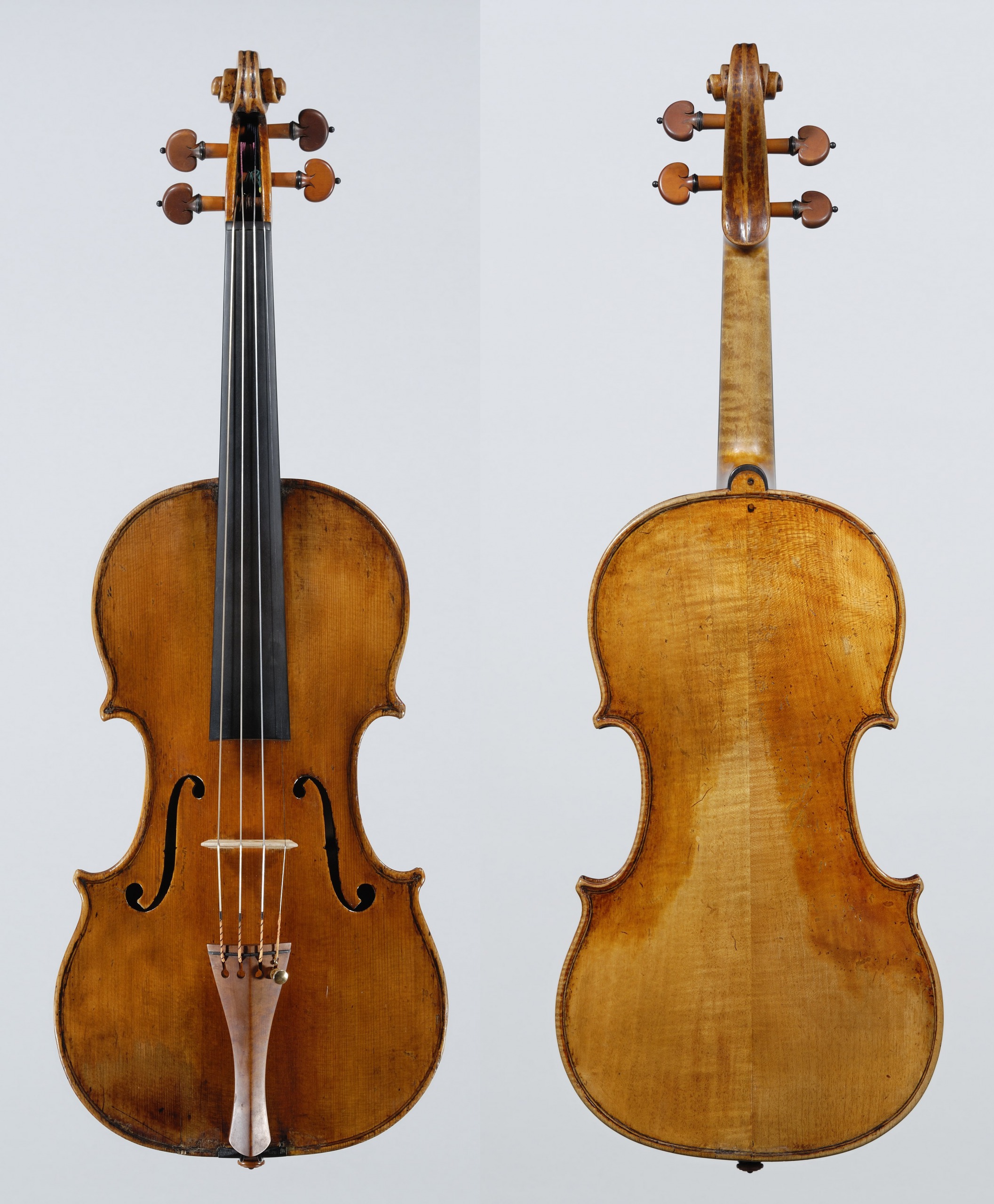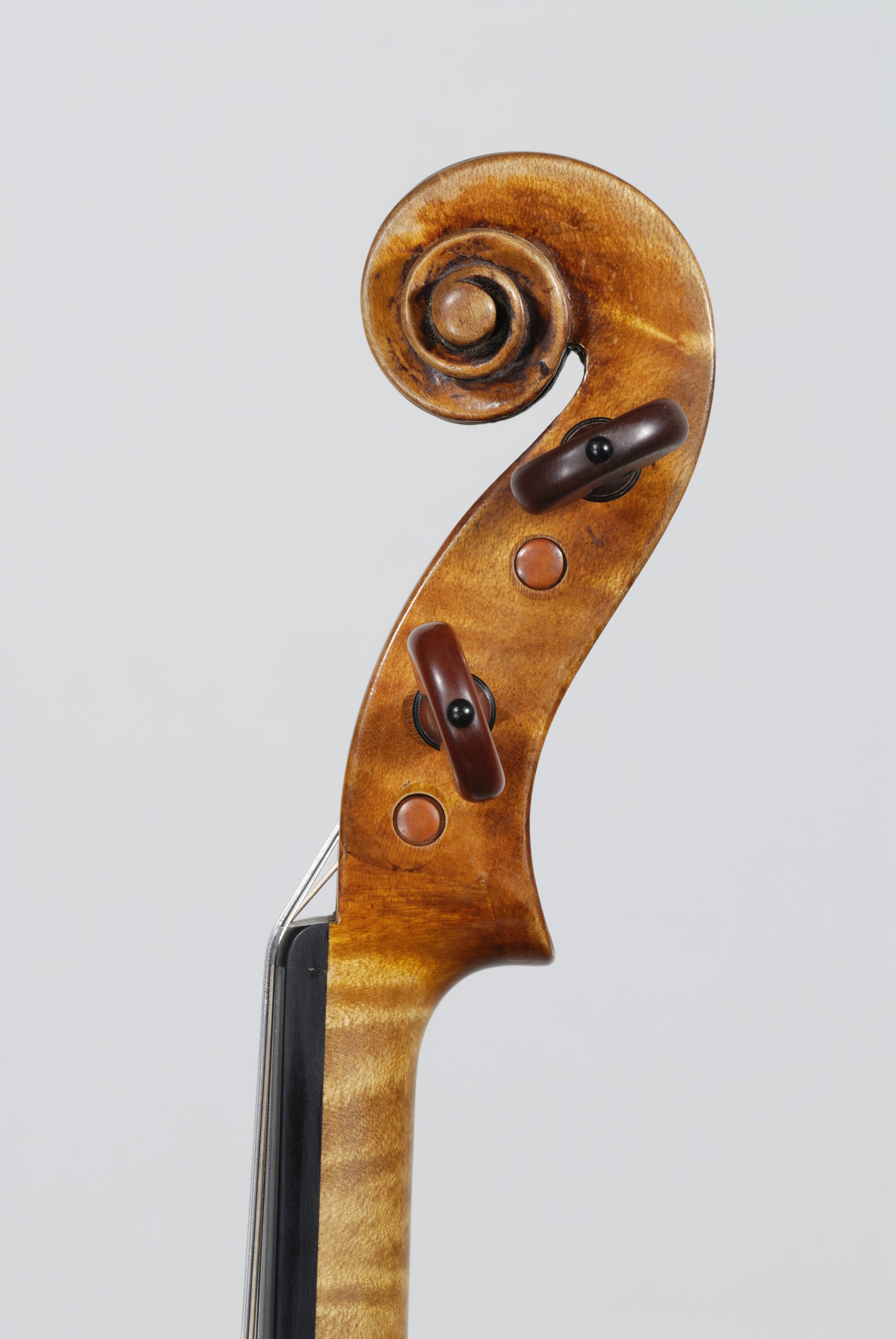â æ¥æã»ææå®ä¼
Closed on Sundays & Mondays
10:30ï½18:30
112-0002 æ±äº¬é½æ京åºå°ç³å·2-2-13 1F
1F 2-2-13 Koishikawa, Bunkyo-ku,
Tokyo 112-0002 JAPAN
å¾æ¥½åé§
丸ã®å
ç·ã4båºå£ã ååç·ã8çªåºå£ã
KORAKUEN Station (M22, N11)
æ¥æ¥é§
ä¸ç°ç·ã»å¤§æ±æ¸ç·ã6çªåºå£ã
KASUGA Station (E07)
- 03-5803-6969+81 3 5803 6969
- 03-5803-6969+81 3 5803 6969
- ãåãåãããã©ã¼ã Inquiry Form ãåãåãããã©ã¼ã Inquiry Form ãåãåãããã©ã¼ã Inquiry Form
- æ¯æ¿ãäºç´ï¼PC & æºå¸¯ããï¼Reservation for Rehairing

Dictionary of Makers
- All
- Violin Maker
- Balestrieri, Tomï½aso
Tomï½aso Balestrieri
Violin Makerã
c.1750-c.1780
MantuaItaly
The prime inspiration for violin making in Mantua in the 18th century was Pietro Guarneri, who had moved to Mantua from Cremona in the early 1680s. Although the influence of Guarneri can often be seen in Balestrieri's work (see the circa 1760 and 1767 violins, pp. 64-69), it is not known for certain with whom he studied. It has been suggested that Balestrieri may even have studied in Cremona before moving to Mantua, and the circa 1780 violin on pp. 70-71 certainly owes more to late Stradivari than to Pietro Guarneri.
Balestrieri's main contemporary in Mantua was Camillo Camilli, but there is little evidence to suggest that the two were connected beyond an awareness of each other's style (compare the back of the 1767 Balestrieri with the 1730 Camilli, pp. 106-107), Although Camilli was probably the more skilful craftsman, Balestrieri's instruments enjoy a superior reputation in the marketplace. This is due to the bold model and flat arch of his best instruments, which are based loosely on Stradivari and tend to produce a powerful sound suitable for the concert platform.




